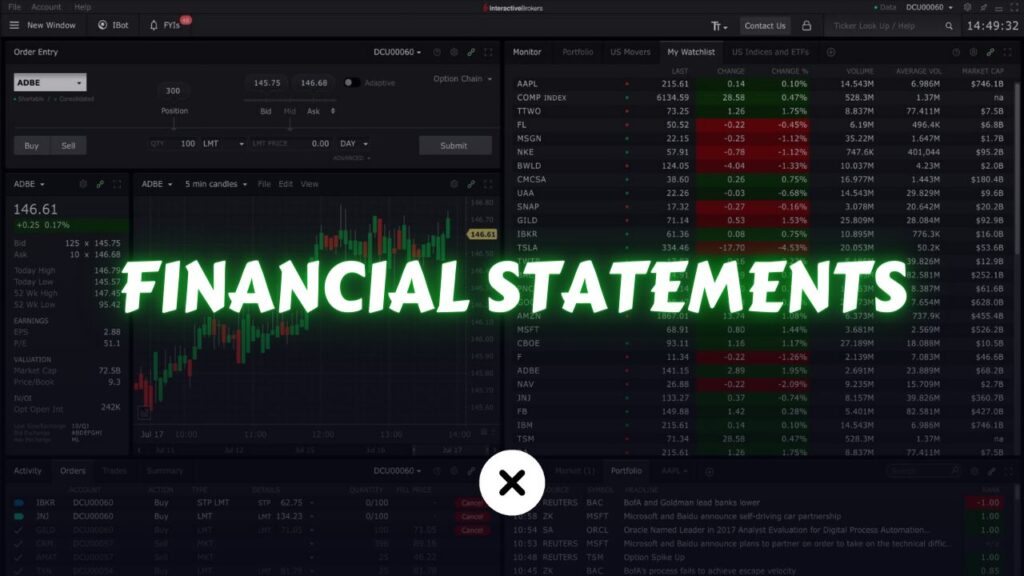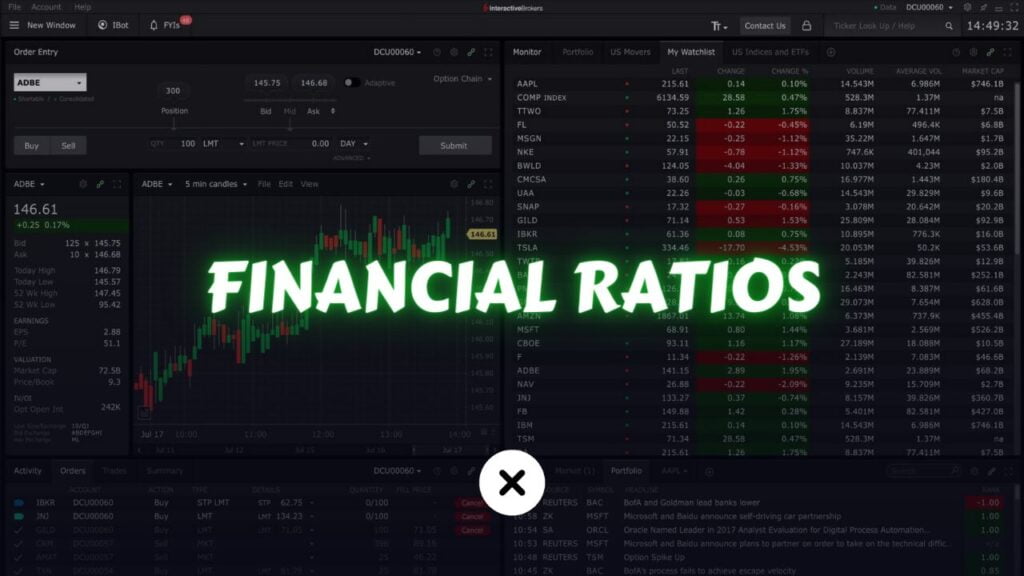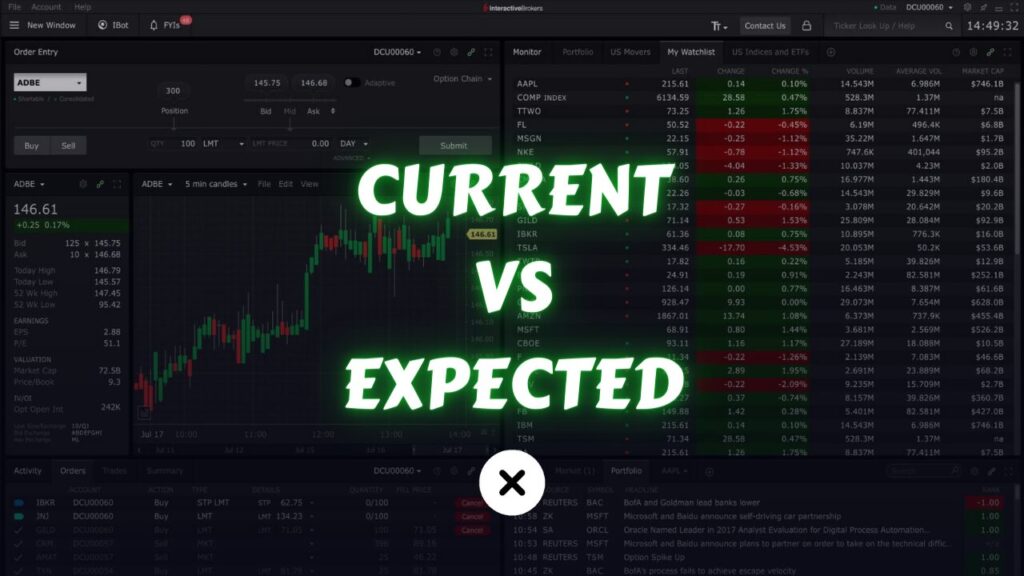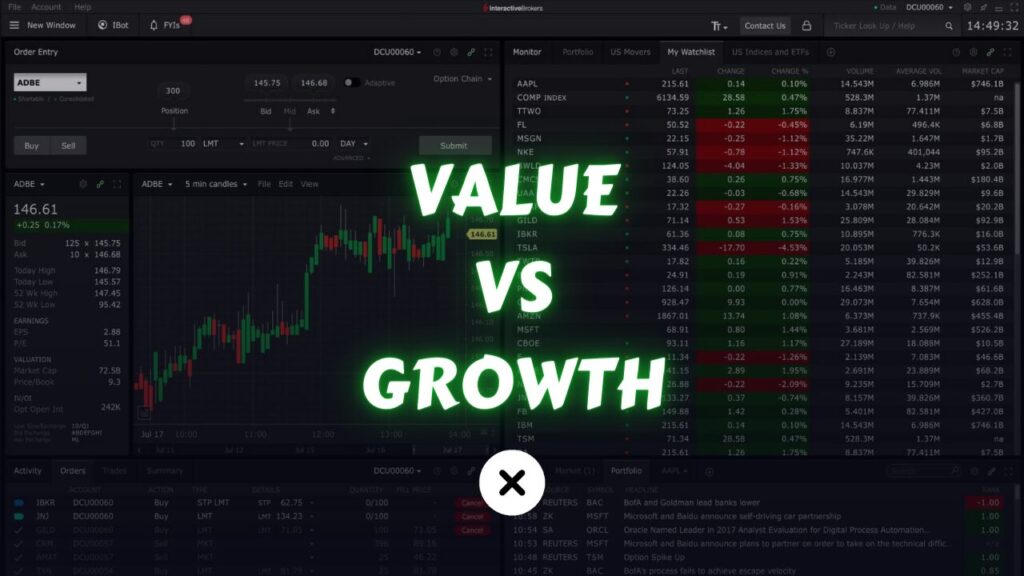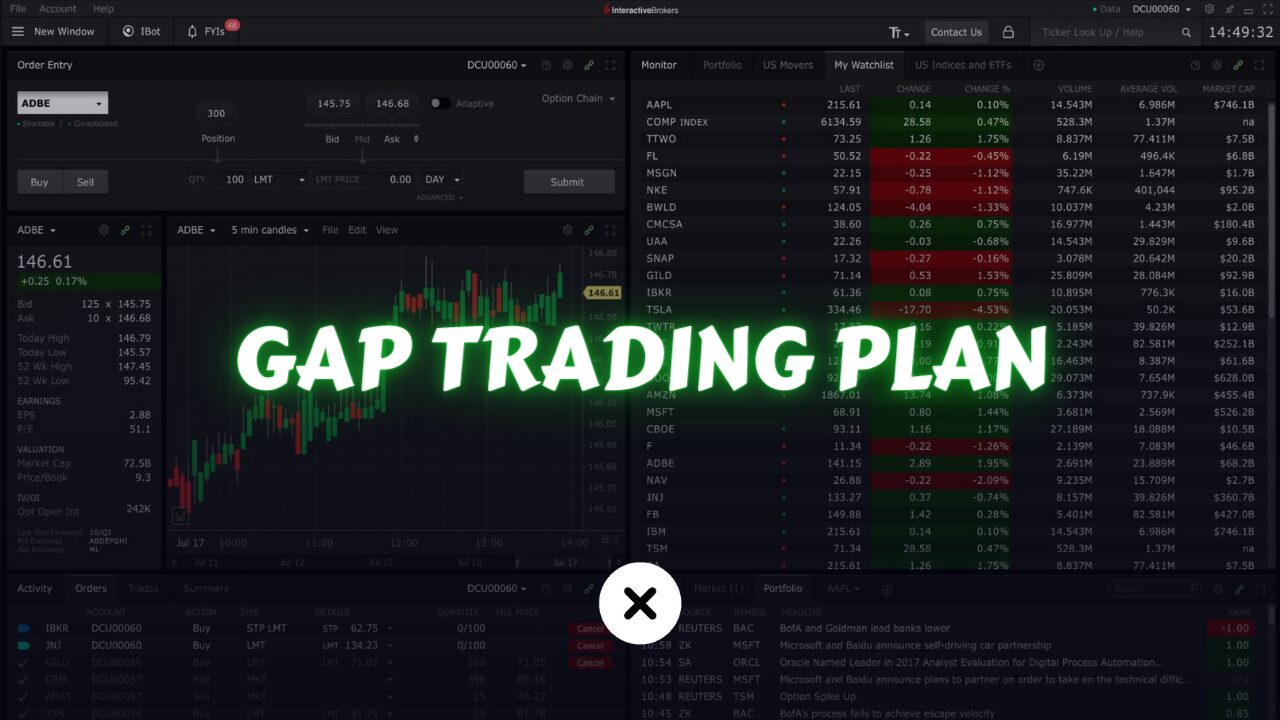
In the previous article, we learned about the gap trading strategy. In this article, we are going to learn how to build a trading plan for the gap trading strategy.
I highly suggest that you read the previous article before following this one.
What is Gap Trading?
Gap trading strategy is a trading approach that involves exploiting price gaps between a security’s previous closing price and its opening price, aiming to profit from the rapid price movement that often occurs following such gaps.
The idea behind gap trading is based on the belief that such gaps tend to get “filled.” This means that the stock price is expected to move back to the previous level to “fill” the gap.
Now, To implement this strategy, you need a trading plan, just like any other strategy.
A trading plan is a set of rules you implement to make your strategy effective and profitable. If you’re unsure how to implement a trading strategy or what a trading plan means, please read those articles first. I’ll only be discussing the details of this strategy, so if you’re not familiar with those concepts, you might miss out.
Trading Plan for Gap Trading
What’s the trading plan for gap trading? Well, the strategy is based on there being mispricing in the opening auction because of an imbalance between buyers and sellers at that time, causing the price to open way further from where people would expect it to be trading. The goal is then to fill that gap.
How can we know if there’s a pricing mistake and no real reason for a gap? Well, we can consider two things: volume and news. If there’s news, the stock might have gapped because of it. If there’s a lot of volume, with more people buying and selling than usual, something’s happening, and the gap is likely due to that. You don’t want to join that trade because there’s a high chance the gap won’t fill.
Now, let’s define the trading plan.
What is the Strategy?
OPEN PRICE GAP(OPG)
What’s the Style of this Strategy?
It’s a day trading strategy, so you don’t hold trades for more than a day. Not for this type of strategy, there’s too much risk.
What Type of Strategy is it?
It’s a mean-reverting strategy. It’s not event-driven or momentum-based. We don’t expect the stock price to continue in the same direction; we expect it to come back. So, it’s a mean-reverting strategy.
What’s the Holding Period for this Strategy?
How long do you hold a position? You can try different variations, but one that works best is closing all the trades before noon, regardless of whether it’s profit or loss. You have to close all the trades before midday.
We don’t hold positions for the whole day because there’s too much risk. If there was a gap and this gap should be filled, usually it should be filled pretty quickly in the morning within the first 1 or 2 hours. Some of them would fill within the next 10 minutes; they would fill quickly after the opening. But some of them take a bit longer. But if they haven’t filled or they even went against you but not to your stop loss and we’re already midday, then you gotta get out of that position because there is too much risk they’re going the other way.
You are not gonna hold it forever until it reaches your take profit or stop loss because the event that you are targeting was that in the morning when there was a mispricing and it should have filled. if it didn’t by then. Then it won’t, and you gotta move on. So don’t hold any of the positions for more than half the day.
Stock Selection?
How do you select which stocks? First, you gotta select the sectors you wanna screen your stocks for. The sector you shouldn’t select is healthcare; you can select everything else.
If you can, you can remove any gold mining companies or any companies that do mining where they can find something. So, anything that’s super high risk, you should avoid it.
And it’s better to select stocks that are over $1, because sometimes they just open 2 cents above, and that gives you a huge percentage of gap or 1 cent above because it’s trading at something like 10 cents or something like that. And if it gaps to 11 cents, then it’s a 10% gap. They could really move further. So these moves aren’t worth it, so usually don’t pick any stock below $1.
Also, you don’t want to pick something that’s super illiquid, so pick something like over 50k volume. But depending on which country you are trading, what’s liquid and what’s not liquid might change. If you’re trading US markets, over a 100k average volume is good.
You also want stocks that are gapping within a specific range, so what does that mean? If you have a stock, let’s say it’s closed at $10. If the next day it opened at $10.02, do you wanna get into that position? No, not for 2 cents, right? So how much does it need to gap to be worth it? What works the best, again you can try different variations, but the gaps that happened between 2% – 8% tend to work better in terms of historical performance.
And it makes sense because if something gapped up 20%, there is probably something going on with the stock; it’s just not an imbalance. You don’t expect something like that to fill, but it could a lot of things do fill back but it’s highly unlikely.
Our objective is to find what is optimal, and what works best most of the time, if you do all the gaps above 8% versus 2% – 8% which one gives you the most returns? You wanna do those. So between 2% and 8% tends to work best. It’s the same thing if it’s gapped down, you want -2% to -8%.
What About Your Entry Signal?
So if something gapped up, let’s say 5%, so you wanna short it, what’s your entry signal? You gotta look at 2 things. First, that there is no news, and you also wanna make sure that there is not a lot of volume. Either you can look at the chart, make sure that the volume is similar to other days, or you can look at relative volume, which is how much volume a stock has done compared to its usual volume.
Now it’s very hard to use relative volume when you are comparing something that just opened. and the relative volume is the volume it did divided by the average volume it does in a day, right?
So if you look at relative volume at the beginning of the day it’s gonna be low it’s at the end of the day that makes sense. But if you’re looking at relative volume and something already did like let’s say 50% of its relative volume, and it’s just 5 mins since the market opened something is clearly going on. By the end of the day, that stock is gonna have a relative volume over 10 maybe. So it has to be super low, but you can just look at the chart and figure out is something going on or not. And that’s your entry signal.
What’s Your Entry Style?
You can just do 1 order, just one entry and it’s better to get in with a limit order because in the morning it’s very volatile and sometimes the order books are not thick enough so you don’t want to just send a market order and get filled at a bad price. So, limit order works best.
What is Your Take Profit Signal?
When do you take your profit? Usually, about 80% of the gap. So let’s say a stock closed at $10 and the next day it’s gapped to $12, which is 20% higher. again, this is just for example. So it’s $2.
You don’t wanna wait until it goes back to $10 because often what happens is it goes back and it doesn’t completely fill the gap, but it fills a big part of it. And then there are a lot of buyers or people who are closing their short positions, and that kinda supports the stock price so it doesn’t go down all the way, then it goes back up. So you don’t wanna miss exiting your position at a profit. So it’s better to take profit at 80%.
You also have to look at price levels if there is support or resistance. If you know, let’s say the 80% of the gap, let’s say at $10.99, well, you can change your order and put it at $11.01. You wanna put it above a round number because there is gonna be support at that level($11.00).
So use common sense, use what you learned about trading and technical analysis and all of that stuff to play around with it, and find a good spot to take your profit.
What is Your Take Profit Style?
A limit order at your desired price level. So as soon as you enter your position, you put your limit order for your exit, and you also put your stop loss order simultaneously.
What’s Your Position Sizing?
It depends on your risk level, but as a rule of thumb, don’t risk more than 2% of your account for each trade.
How do you Determine Your Stop Loss?
You can do something like you can look at how far away your take profit is. So if the stock goes against you, look where the nearest support or resistance is; you wanna give it as much space for it. You can even use Level II and find big orders and go behind them. You wanna make sure that you are far enough that it doesn’t hit SL and return back to take profit.
Let’s say if you are trying to make $1.60 and then you look at the chart and you see that you could put the stop loss somewhere around -$1.70 because there is a resistance at -$1.65.
You decide on your stop loss before even getting into your position and use that to calculate your position sizing. So you still never gonna lose more than 2%. So the stop loss depends on the price levels, and depending on it, you can position size your order and take a big trade or small one, even if it goes against you, you still gonna lose 2% max. And this is where you use technical analysis.
Bailout Indicator
If there is any news that’s negative to the position that you are on. So if you are short and there is good news, you just get out. If you are long and if there is bad news, get out. You don’t want risks like that, there are always more trading opportunities.
| STRATEGY | OPG |
| STYLE | Day Trading |
| TYPE | Mean Reverting |
| HOLDING PERIOD | Close all position on mid day |
| STOCK SELECTION | 2% – 8% / -2% – -8% Gapped Stocks |
| ENTRY SIGNAL | No news & Normal Volume |
| ENTRY STYLE | Limit Order |
| TAKE PROFIT SIGNAL | 80% of the Gap |
| TAKE PROFIT STYLE | Limit Order |
| POSITION SIZING | 2% |
| STOP LOSS | Above or Below closest Support or Resistance |
| STOP LOSS STYLE | Limit Order |
| BAIL OUT INDICATOR | Any negative news for your position |
Conclusion
So what we are talking about here is going to be your trading plan. You can fill this into a paper and use it whenever you trade to keep following that plan at all costs. And that gives you an idea about what we want the strategy to be and how you have to implement it.
With time, you can play around with it and try different variations of it. Something like maybe you want to trade bigger gaps or you want to hold even more, take multiple profits at different levels. You can play around with its parameters and see if it works. But this is the template for the gap trading which I have seen worked in the most consistent way and the easiest way for you to do it.
As someone who is starting to do this strategy, the more you do it, the more patterns you learn.
Now the next step after having built this plan is to build a screener that will enable us to find stocks that are gapping in the morning based on our criteria. And that gives that information quickly enough for us to be able to take actions on them and profit from this strategy.
